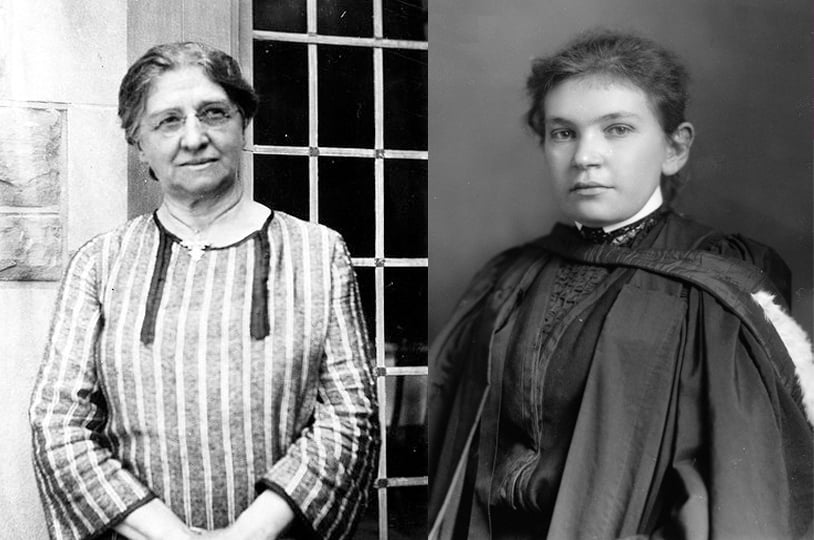
Science & Tech
Celebrating Canadian women trailblazers in science
Courage and Passion: Canadian Women in the Natural Sciences aims to inspire young women to pursue careers in science
- 933 words
- 4 minutes
This article is over 5 years old and may contain outdated information.
History

The fields of science, technology, engineering and medicine have long been a man’s world, and there is still much work to be done to encourage more women to enter the scientific disciplines. In spite of this, women throughout the ages have made many valuable contributions to science. In honour of International Women’s Day, we’ve compiled a list of Canadian women – many of them not household names – who defied convention and made their mark in the fields of physics, medicine and geology.
Harriet Brooks
Brooks was Canada’s first female nuclear physicist. Her work alongside Dr. Ernest Rutherford on nuclear transmutations and radioactivity began after she graduated from McGill University. In 1901, she became the first woman to study at the Cavendish Laboratory at Cambridge University. She also worked with fellow female scientist Marie Curie while obtaining her Masters degree.
Maude Abbott
Abbott was among Canada’s earliest female medical students. Her work on congenital heart failure ultimately led her to write a book on the disease. She also played a crucial role in founding the Federation of Medical Women of Canada. Notably, she was the only woman to be included in Diego Rivera’s 1940s mural commemorating innovators in cardiology.
Carrie M. Derick
Although Derick lived in a time when women were discouraged from obtaining university degrees and careers, she pursued both passionately. A graduate of McGill University, she went on to become the first female instructor at her alma mater. She eventually became the first women to ever be appointed a full professor at a Canadian university. Her research on heredity was read and respected internationally.
Leone Norwood Farrell
Born in 1904, Farrell was among the few women of her generation to obtain a PhD. In the 1940s, Farrell, a chemist with years of study under her belt, joined Jonas Salk’s polio research team, where she developed a way to stimulate the growth of microorganisms in a lab. Her technique was later used to mass-produce Salk’s life-saving vaccine.
Frances Wagner
In 1950, at the young age of 23, Wagner, a paleontologist, became one of the first women to be included in fieldwork with the Geological Survey of Canada. She pioneered the use of micropaleontology — the study of microscopic fossils — to map Canada’s terrestrial and marine geology. In 1973, she was made a Fellow of the Royal Canadian Geographical Society in recognition of her work.
Related: Explore the personal journeys of Canadian heroines on an interactive map
Are you passionate about Canadian geography?
You can support Canadian Geographic in 3 ways:

Science & Tech
Courage and Passion: Canadian Women in the Natural Sciences aims to inspire young women to pursue careers in science

Science & Tech
From Roberta Bondar to Harriet Brooks, Canada has more than its fair share of women scientists to be proud of. However women are still a minority in the STEM fields

Science & Tech
As a biologist and photographer, I had long hoped to visit Antarctica — but this journey was much more than a travel dream fulfilled

History
Photos of women spanning nine decades of Canadian Geographic Magazine